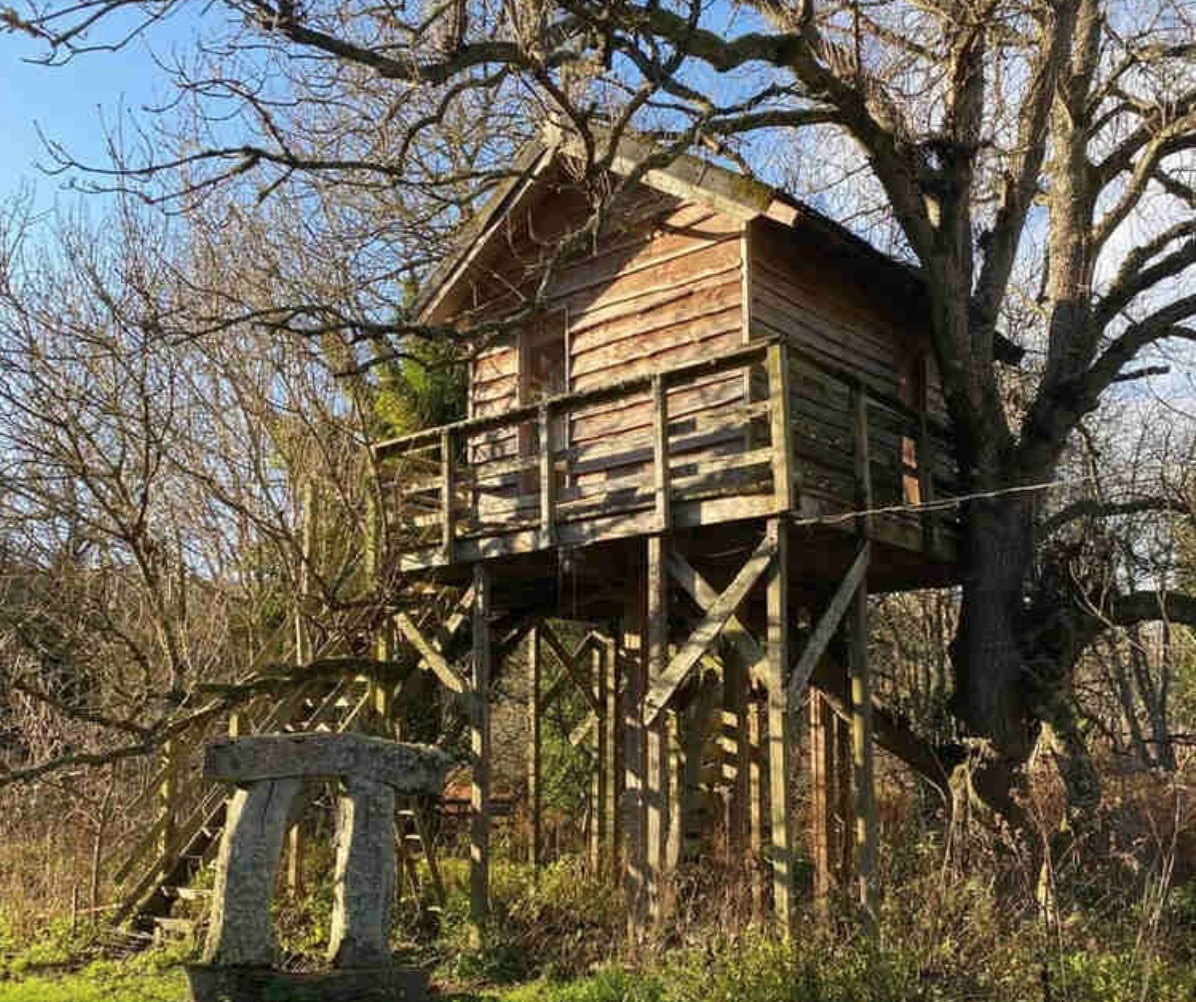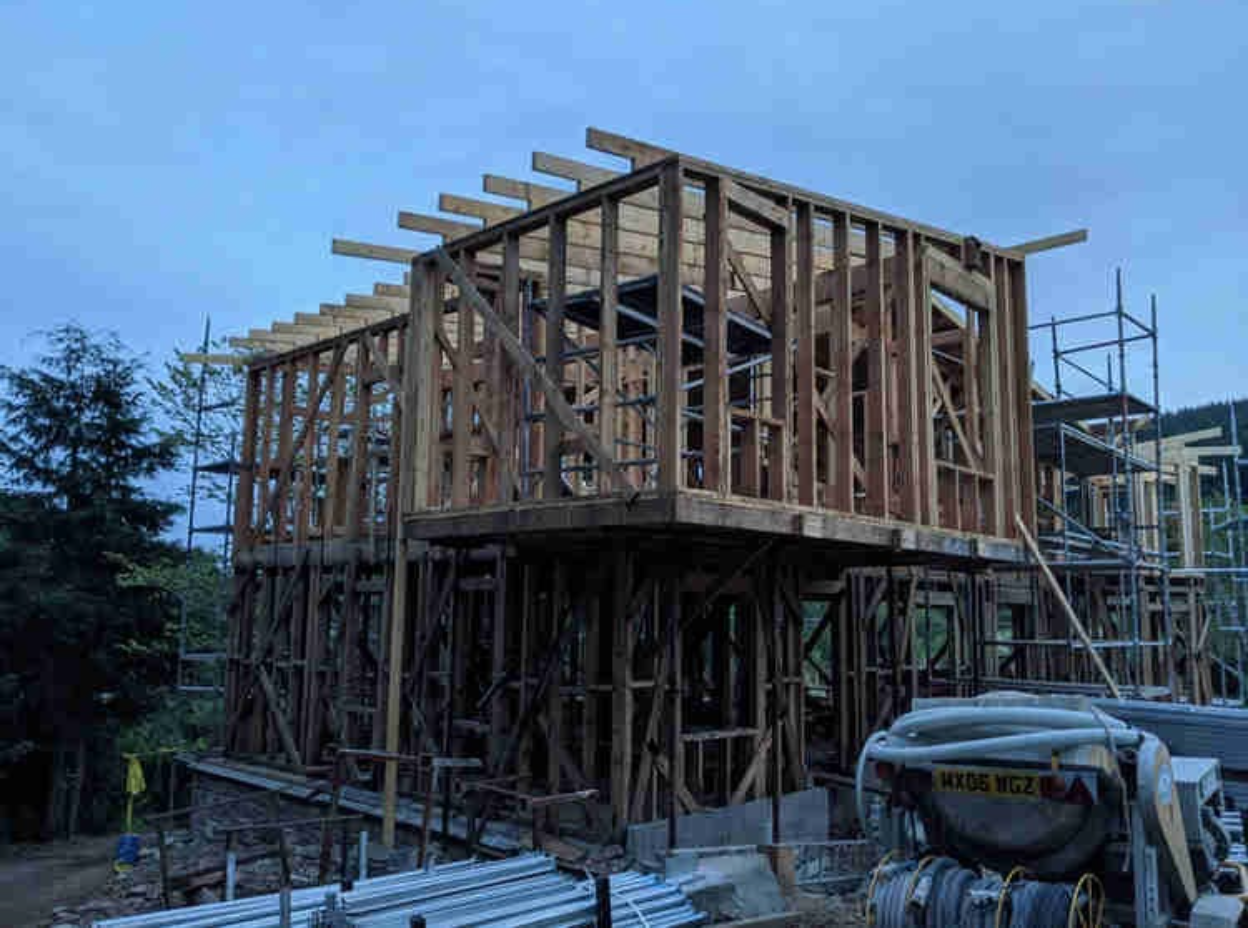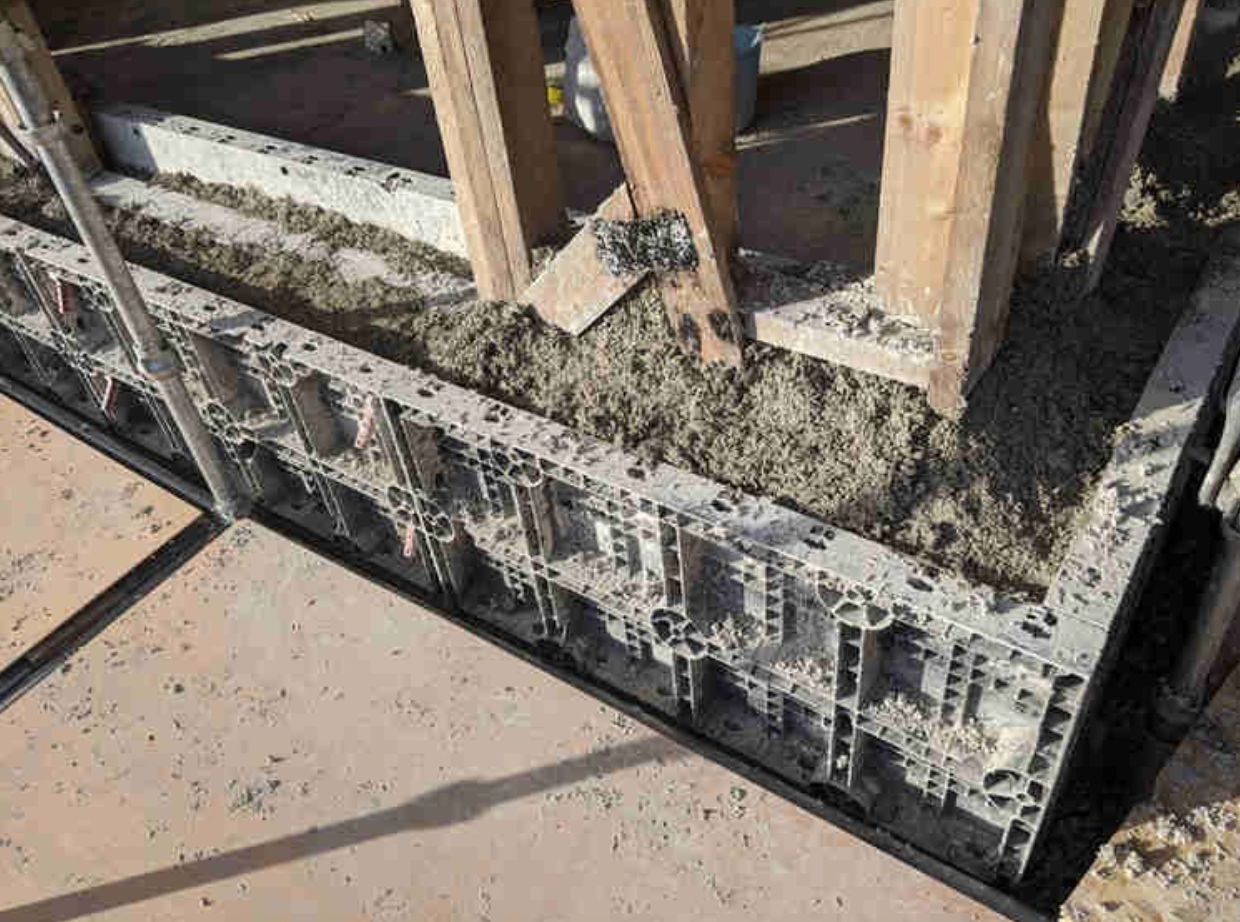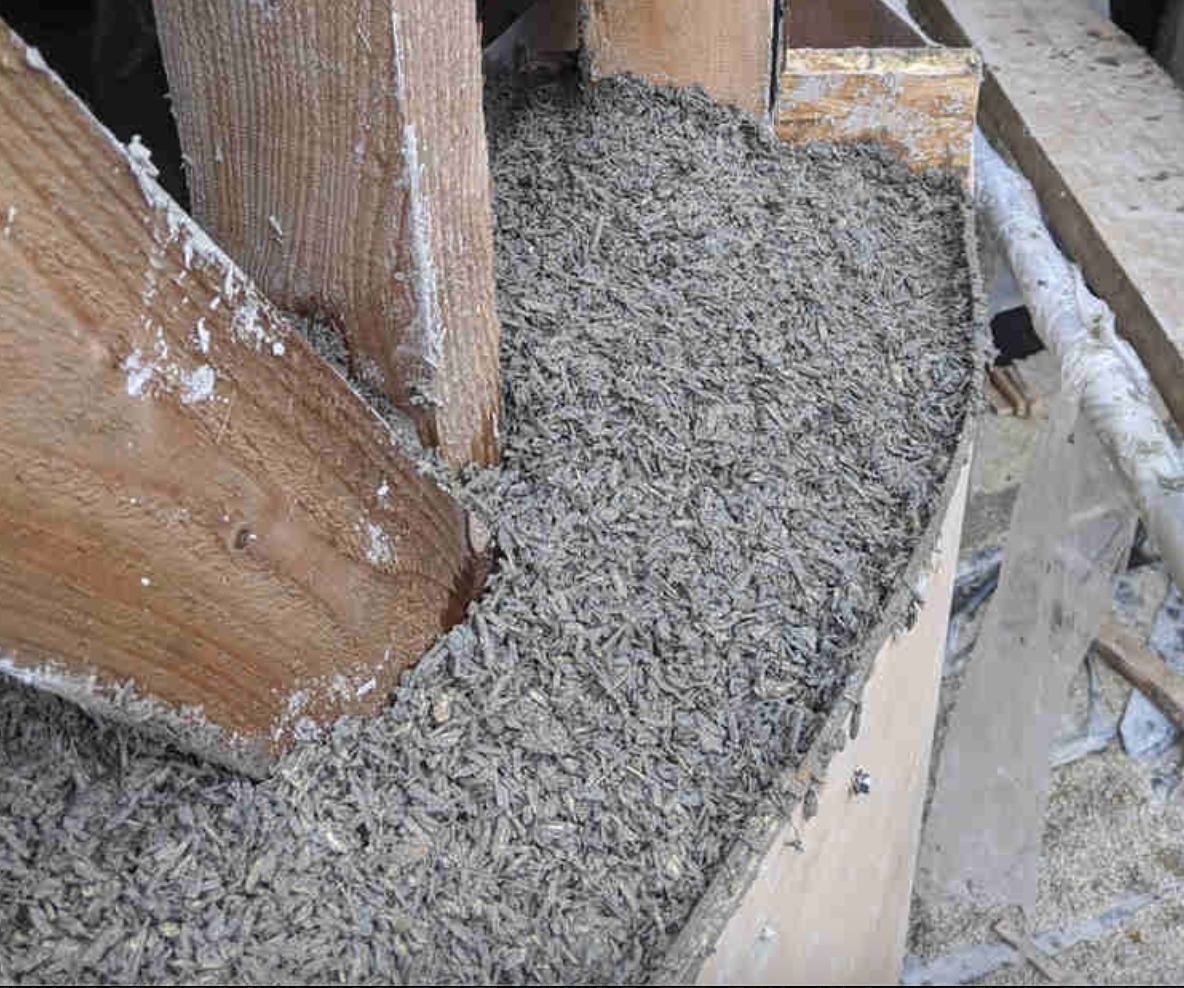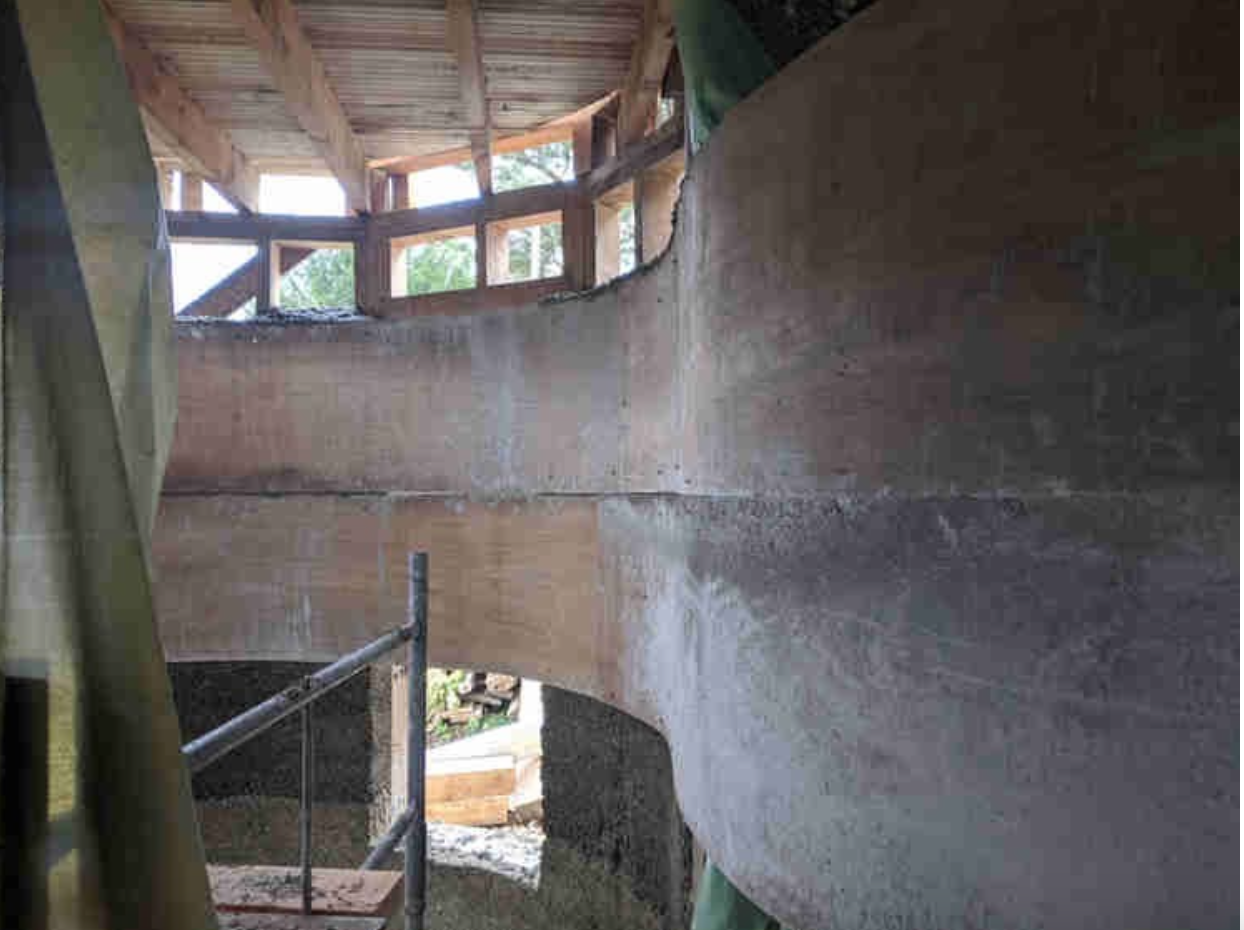New Hempcrete Build In Scotland
A new home in Scotland built with hempcrete this spring. Photo Courtesy of Will Brain.
By Will Brain
During my time in Europe I’ve ended up working on three Hempcrete builds for Graham Durrant of Hemp-lime Spray. Graham has been very kind in not only giving me a job, but also always really took the time to really teach me the building science behind the material.
The point of this blog is to provide a visual walkthrough of some of the major steps of how a new build, pine ‘stick frame’ hempcrete house goes together. It’s not a definitive guide, but an indicative peek into what you might be in for if you undertake such a unique and rewarding build. If you want to read more about the science behind Hempcrete, have a look at my main Hempcrete page here
Clients for Hempcrete builds are a rather weird and wonderful bunch who have a passion for building and/or conservation and have generally done a bit of their own research on the benefits of natural building materials, vapor permeability, thermal mass, natural insulation and so on. The clients are a family with a small scale sawmill who themselves are an interesting story in themselves.
Graham, my boss, normally rents an Airbnb for we workers near the site, or offers a discount on the quote if the client provides a bit of food and a place to sleep. Both to which the family obliged in somewhat stunning fashion. I landed a treehouse, which is supported by a wonkily growing Ash tree under the joist line, replete with a gurgling torrent of a river, winding directly under the structure.
Photo courtesy of brainbuilt
The Hemp House
Photo courtesy of brainbuilt
The frame itself does not look too dissimilar to a standard stick frame house. Here in Scotland, studs are called out as 6 x 2 or around 150mm x 45mm. In Australia standard 90mm x 45 studs are fine and actually work to benefit a hempcrete build. This is because as hempcrete surrounds the frame, you want as much ‘meat’ or expanse of hempcrete on each side — the wall mass to the inside of the wall and the wall mass to the outside of the wall — of the stud, With the stud being in the centre. In other words, the more mass of hempcrete you have which is unbroken by timber studwork, the stronger the hempcrete is. Which is why you want the stud frame in the dead center of the wall detail. You generally want more than 80mm of hempcrete on either side of the stud frame. Which is easy to achieve as most hempcrete wall thicknesses are called out between 250mm to 400mm.
Fig. 2 Foundation. Photo courtesy of brainbuilt
The first placement of Hempcrete follows the perimeter of the house and sets the exact point where the walls start to grow.
It should go without saying that this might be the most important placement of hempcrete in the whole build, as it will govern the position of everything. A few things are worth noting in Figure 2, where we have placed our first run. If you cast your eyes to where the cavity for the window lies, you have more hempcrete on the outside of the wall form. This is actually due to a miscommunication between the architect, the client and the contractor. The architect was told that the absolute minimum hempcrete mass should be 70mm on a given side of the wall, which is what we’ve ended up with… We’ve been able to make it work and the house will stand tall regardless, still the sins of carpentry aren’t forgotten easily by those who know. Second note; where you see the joint between two diagonal bracing timber members, you will also see black bitumen paint covering the gang nails. The lime element of hempcrete being alkaline provides many great benefits, it being a biocide, anti fungal, anti-rot and wood preserver it is also corrosive to steel. So any steel members, even galvanised, need to be protected. The third note is the glorious modular formwork system by geoplast. They can be configured into heaps of shapes and can be counted on to be really strong, straight and rigid. You can also go with some good plywood as these forms do come at a premium. When I start contracting in Australia, my system will be to keep some of these on hand for tricky or small areas and to use plywood for the bulk of the form area.
Fig. 3 Waterproof membrane. Photo courtesy of brainbuilt
As you can see in Fig 3, we’ve placed a damp course membrane under the masonry plinth. This is because masonry can be capillaric. Capillarity is the phenomena of liquids rising and depressing (often against gravity) in a given passage. For example, think about how water within a drinking straw sits higher than the surrounding water level outside of the straw. It is a sucking force and moisture can, if the site has a drainage issue, over time make its way up through footing and into the house. The DPC membrane acts as a kind of last resort barricade for such unfortunate situations. Hempcrete has far better abilities of dispersing diffusing moisture than any non-natural material, but you still do not want a disaster scenario moisture sitting at the bottom of a wall for years on end. Water creates valleys, destroys concrete and will eventually erode the pyramids, so do anything you possibly can to avoid it sitting, pooling or hanging around otherwise it will eventually destroy your home.
Fig 4: The Tower comes into being. Photo courtesy of brainbuilt
You can see (fig 4) how with flexible ply you can create curves and organic shapes which would be quite difficult and expensive to create using timber or brick. You could do this with concrete but keep in mind that concrete is heavier by a factor of 8… A really serious formwork build up would have to be devised for concrete, whereas here, I have spent a couple of hours in the morning, jacking the ply into plumb and making sure the curve is consistently equidistant from a center point in the tower. Once the first pour is done, you can move the ply formwork upwards to the next ‘lift’ immediately, so long as you don’t knock into it hard for the remainder of the day.
This allows you to actually complete several ‘lifts’ in one day. Making it far quicker than doing a tower in brick.
Fig. 5 Lift layers of contrasting colors. Photo courtesy of brainbuilt
The first lift (fig 5), looking much greener and fresher is from ‘virgin’ hemp. The darker hemp on the second lift is ‘drop’ hemp, which had been shot out of the spray machine and failed to adhere to the wall (normally about 15% of sprayed hemp ends up as drop). This hemp is shovelled up and mixed in with the next hand placed batch. I will cover the spray applied method of hempcreting further on.
Fig. 6 Hemp’s insulating properties. Photo courtesy of brainbuilt
Almost 400mm of Hempcrete, as you can see in Fig 6. This would be three and a half standard house bricks. Any heat you create inside your house will seep into that first 100mm of Hempcrete and is banked up. The outside elements will affect 100mm of Hempcrete. Imagine how cold this would be if you had stone in this thickness. The wall is not at all cold to the touch whatsoever.
Some of the flexibility and possibilities at your disposal with hempcrete, a snaking curve out of the tower, returning to the western facing wall. Here you see two runs of formwork, this allows you to leapfrog the old formwork up on top of the new, further saving time and also maintaining plumbness.
READ MORE
Flexible forms can be used to keep walls plumb. Photo courtesy of brainbuilt
Please Support Our Classified Advertisers
(To find out more about advertising CLICK HERE).
Training and Education
Publications
Hemp Hurd (shivs)/Hemp Fiber/ Hemp Microfiber
Hempcrete installers/Insulation subcontractors
Haven Earth PMA: Bio-Design and Conscious Project Management Consultancy
Hempknowlogy: Home of the Hempjet: America’s first hempcrete spraying system. Manchaca, TX
Lime Binder
Hemp Batt Insulation/Supplies
Green Builders
Hemp Building Engineers
Hemp Genetics
Professional Associations
Evants



